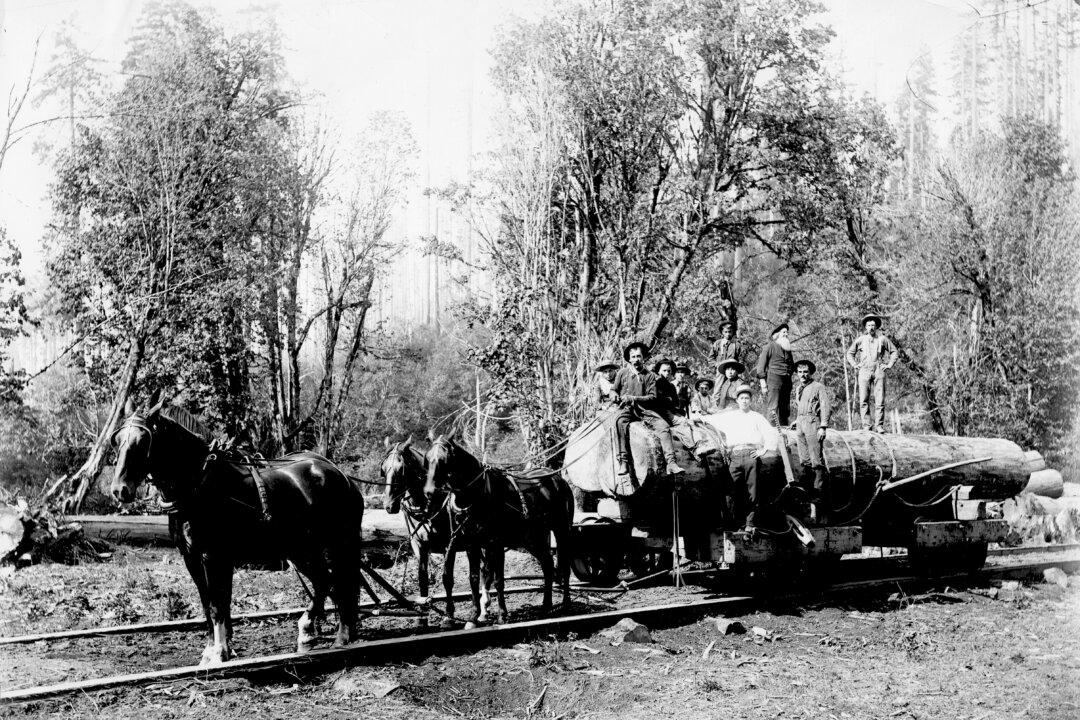The seizure of a Malheur National Wildlife Refuge building in southeastern Oregon by armed and self-styled “constitutionalists” was disturbing. To many it is viewed as a dangerous escalation in a long, admittedly heated and passionate but rarely violent, discussion of federal or public land management in the western United States.
It has also brought to the fore many questions from those not familiar with western land issues, the history of federal land, or public land management policies. The event has some asking who the Bureau of Land Management (BLM) is and why they manage so much land.
The history of U.S. federal land policy helps explain why so much of the West is public land—that is, land managed by the federal government and its various bureaus. History also shows why conflicts over land rights are flaring up now and why they’re difficult to resolve.
The Utility of Land
U.S. land policy predates the country itself, as both the British and the colonists regulated the cutting of forests to preserve a supply of timber for building naval vessels. After the Revolutionary War, the new country quickly sought both to acquire more land (in what is called the Acquisition phase) and to ensure private sector ownership (the Disposal phase).
Acquisition was accomplished by war or purchase; disposal was done to raise cash and promote new settlement. The native inhabitants of these lands were removed, usually by force.


